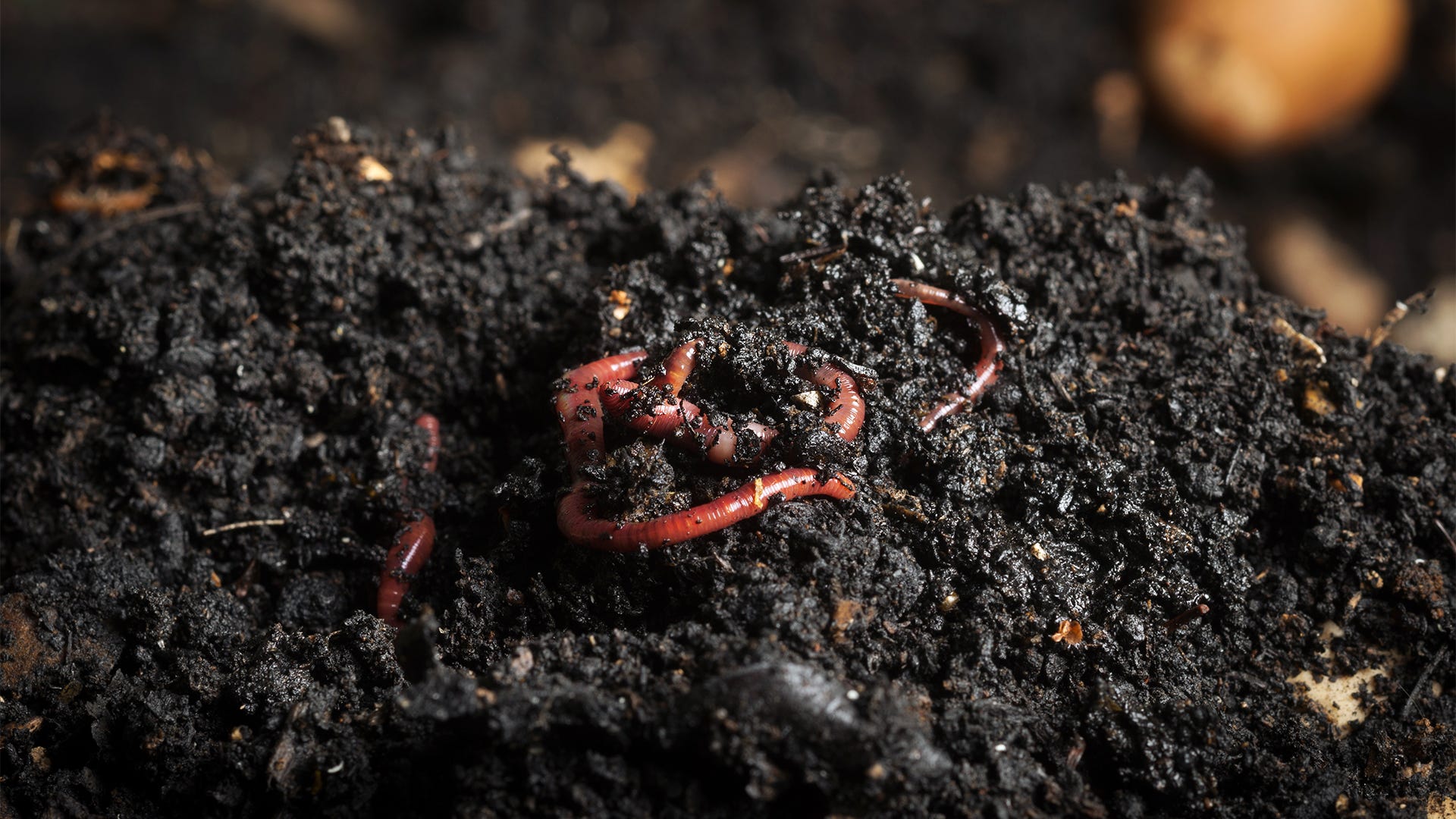Red worms: Why they’re essential
Red worms: Why they’re essential
Blog Article
Red Wigglers: The Secret to Eco-Friendly Composting
Red wigglers, medically understood as Eisenia fetida, play a critical duty in sustainable composting techniques, supplying an all-natural service to throw away monitoring. These worms not just eat organic materials yet likewise transform them into valuable vermicompost, improving soil health and wellness and advertising ecological balance. As metropolitan locations encounter enhancing waste difficulties, comprehending the benefits and proper care of these microorganisms comes to be vital for both garden enthusiasts and conservationists alike. What specific steps can people require to harness their potential properly?
What Are Red Wigglers?
Although lots of people recognize with earthworms, red wigglers (Eisenia fetida) are a specific species that play an important duty in composting. Indigenous to Europe, they have actually adjusted well to a range of atmospheres, especially in disintegrating natural issue. Unlike typical garden worms, red wigglers flourish in rich, moist environments, making them excellent for composting systems.
(red wiggler worms near me)These worms are defined by their reddish-brown pigmentation and lengthened bodies, commonly measuring between 3 to 4 inches in size. Red wigglers are epigeic worms, meaning they live near the dirt surface and feed upon decomposing organic material. Their high reproductive rate enables populations to proliferate under optimum conditions, with the capability to increase in number every few months.
Red wigglers possess a special digestive system that enables them to break down organic waste successfully. Their lasting nature makes red wigglers an important asset in eco-friendly composting techniques.
Advantages of Using Red Wigglers
Using red wigglers in composting systems offers numerous benefits that boost both the effectiveness of waste disintegration and the top quality of the resulting garden compost. These earthworms, clinically called Eisenia fetida, are renowned for their outstanding capacity to eat natural waste, converting it right into nutrient-rich vermicompost at a remarkable rate. Their quick digestion process increases the failure of kitchen area scraps and backyard waste, dramatically minimizing the moment needed for composting.
Along with their performance, red wigglers contribute to boosted dirt structure and fertility. The vermicast generated by red wigglers is rich in essential nutrients, helpful microbes, and humic acids, all of which improve dirt health and wellness and promote plant development. This nutrient-dense compost aids keep dampness and boosts aeration in the dirt, fostering a growing environment for plants.
Furthermore, making use of red wigglers for composting lowers garbage dump waste, adding to a more lasting waste management system. By diverting natural materials from landfills, composting with red wigglers lessens greenhouse gas exhausts, making it an environmentally friendly selection for environmentally mindful people and communities. In general, red wigglers give an effective and sustainable remedy for composting.
Establishing Your Worm Bin
Developing a worm bin is an uncomplicated process that needs mindful factor to consider of materials and conditions to make sure a successful setting for red wigglers. Begin by picking an appropriate container, which can be a plastic bin or wood box, with an ability of at the very least 10 gallons for efficient composting. Ensure the container has appropriate ventilation by drilling small holes in the cover and sides to allow air movement.
Following, prepare the bedding, which is crucial for keeping moisture and supplying a habitat for the worms. Appropriate materials include shredded paper, cardboard, coconut coir, or peat moss. Go for a bed linens deepness of approximately 4-6 inches, ensuring it is damp yet not excessively wet.
It is essential to preserve the ideal temperature level for your worm container, preferably between 55 ° F and 77 ° F(13 ° C and 25 ° C) Setting the bin in a shaded area to stop overheating. Additionally, keep the container away from direct sunlight and severe climate problems to shield the worms.
Feeding Your Red Wigglers
Feeding your red wigglers is a vital element of successful worm composting, as it directly influences their health and wellness and the effectiveness of your composting system - red wigglers. Red wigglers grow on a healthy diet plan being composed mainly of natural waste products.
(red wigglers near me)To make sure optimum feeding, it is important to introduce food progressively. Start with little amounts to enable the worms to take in the material completely prior to including extra. This approach prevents overfeeding, which can lead to anaerobic conditions and negatively affect worm health. Monitor the food disintegration procedure and readjust the amount based upon just how quickly the worms are processing the waste.

Maintaining Your Worm Garden Compost System
A well-maintained worm compost system is crucial for taking full advantage of the performance and longevity of your composting initiatives. Regular tracking of moisture levels is critical, as red wigglers flourish in a moist setting, ideally around 70% moisture. If the bed linens becomes as well dry, lightly haze it with water; alternatively, if it comes to be overly wet, add dry bedding such as shredded newspaper or cardboard to soak up excess dampness.
Temperature control is also crucial. Guarantee your garden compost system is kept in a shaded, ventilated area to prevent overheating.
In addition, look for any unpleasant odors, which may indicate a discrepancy in the system. Consistently aerating the garden compost by carefully turning it will aid preserve appropriate air flow and stop anaerobic conditions. Check the worm populace and their activity; a prospering populace indicates a healthy environment. By following these upkeep methods, you can make sure a productive and lasting worm composting system that successfully recycles natural waste.

Verdict
In verdict, red wigglers play an important function in green composting by effectively converting organic waste into beneficial vermicompost. Welcoming the usage of red wigglers stands for a sensible strategy to enhancing ecological sustainability and cultivating much healthier communities.
Report this page